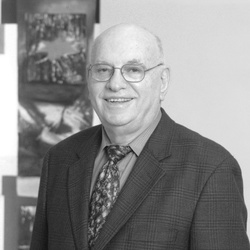Sawin
Pronounced “SAH-veen” (Yiddish: סאַווין / Savin, Hebrew: סאווין, Russian: Савин)
The first known Jewish residents of Sawin arrived in the village in 1627. However little is known about Jewish life during this period.
In 1815 the previously Polish town of Sawin was incorporated into the Russian Empire and would remain under its rule for the next hundred years. Around this time a Jewish man named Abuś Moszkiewicz operated a tavern and a mill. Other members of the small Jewish community lent money, both to Jews and non-Jews, and by the end of the 1800s Jews owned and staffed a glassware factory in the village. The Jewish population increased from about 150 in 1846 to approximately 500 in 1889.
As the Jewish community of Sawin grew its members participated in a broad range of economic activity. In the early 1900s some Jews owned small businesses such as grocery stores and bakeries, while others worked as furriers or cart drivers. The community supported institutions such as a synagogue, cemetery, school, kosher butcher and mikvah (ritual bath).
During World War I (1914-1918), retreating Russian forces burned Sawin to the ground. After the war the village was incorporated into the newly independent country of Poland. Streets were paved for the first time and the Jewish community received money and other aid items from the Central Jewish Emergency Aid Committee in Warsaw. By 1921 roughly half the town’s total population was Jewish.
Survivor Wolf Finkelman was born near Sawin on December 12, 1928. Although his family moved away when he was very young, Finkelman remembered visiting relatives in the village where his father had 12 siblings and his mother was one of 7 children. To Finkelman it seemed that “the whole entire town practically was composed of most of my relatives.”
In December 1938, some members of the Jewish community were elected to positions on the city council. However, their opportunity to serve in government was cut short by the German invasion of Poland on September 1, 1939.
In November 1940 all the approximately 880 Jewish residents of Sawin were confined to a ghetto adjacent to the Gestapo headquarters in the town. Jewish men from other cities in Poland were brought to work in a forced labor camp at the nearby Lepitucha River. The first transport to the Sobibór killing center left on May 26, 1942. Others were shot in the town square as the houses of suspected communists were burned down. In September 1943 any Jews who remained in the village were deported to Sobibór. Today no Jews live in Sawin.
Sawin: Photographs & Artifacts
Destroyed Communities Memorial Slope
Sawin: Survivors

A lot of times I have dreams. My dreams have two forms. In one I would dream back about my family and that would be the good part of it; and then sometimes I would dream that I would get the Germans that are chasing me, or that I am running away from all of that.